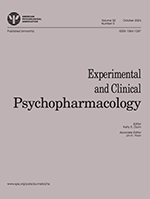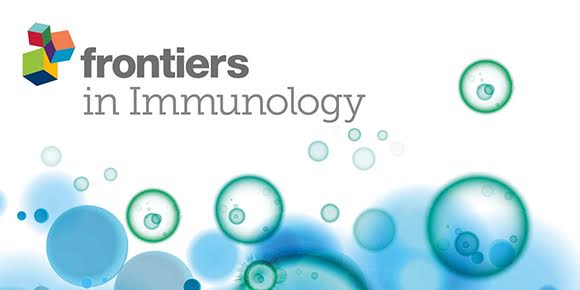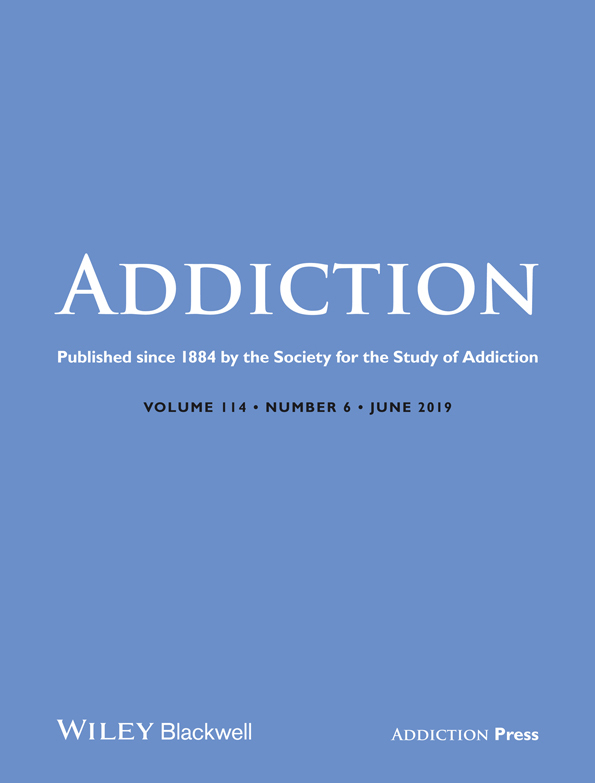
“The cannabinoid receptor 2 (CB2R) has been considered as a potential therapeutic target to ameliorate the neuroinflammation and cognitive impairments of Alzheimer’s disease (AD). However, there has been little research on the diverse roles of CB2R in regulating different forms of cognitive abilities and underlying neuroinflammatory mechanisms. Thus, the focus of the present study was to investigate the effects of CB2R activation on cognitive abilities, activation and phenotype conversion of microglia, and dendrite complexity.
Results showed that CB2R activation normalized the cortex-dependent novel object recognition memory deficit in a novel object recognition test (P < 0.05) and CB2R activation was ineffective for hippocampus-dependent spatial cognitive dysfunction in the Morris water maze test (P > 0.05). Moreover, activation of CB2R did not affect the formation of plaque in either the cortex or hippocampus (P > 0.05). Interestingly, in the cortex but not in the hippocampus of APP/PS1 mice, there was decreased immunofluorescence intensity of Iba1, M1 to M2 microglial phenotype conversion, and restored dendritic complexity after a long treatment period of CB2R agonist (All P < 0.05).
Our results demonstrated that CB2R activation exerts a beneficial role in novel object recognition ability concomitant with region-specific regulation in microglia-mediated neuroinflammation and dendritic complexity in AD-model mice.”
https://www.ncbi.nlm.nih.gov/pubmed/31150731
https://www.sciencedirect.com/science/article/pii/S0304394019303581?via%3Dihub

 “Although open-label observations report a positive effect of
“Although open-label observations report a positive effect of 
 “Changes in the regulation of endocannabinoid production, together with an altered expression of their receptors are hallmarks of cancer, including colorectal cancer (CRC). Although several studies have been conducted to understand the biological role of the CB1 receptor in cancer, little is known about its involvement in the metastatic process of CRC. The aim of this study was to investigate the possible link between CB1 receptor expression and the presence of metastasis in patients with CRC, investigating the main signaling pathways elicited downstream of CB1 receptor in colon cancer. Fifty-nine consecutive patients, with histologically proven colorectal cancer, were enrolled in the study, of which 30 patients with synchronous metastasis, at first diagnosis and 29 without metastasis. A low expression of CB1 receptor were detected in primary tumor tissue of CRC patients with metastasis and consequently, we observed an alteration of CB1 receptor downstream signaling. These signaling routes were also altered in intestinal normal mucosa, suggesting that, normal mucosa surrounding the tumor provides a realistic picture of the molecules involved in tissue malignant transformation. These observations contribute to the idea that drugs able to induce CB1 receptor expression can be helpful in order to set new anticancer therapeutic strategies.”
“Changes in the regulation of endocannabinoid production, together with an altered expression of their receptors are hallmarks of cancer, including colorectal cancer (CRC). Although several studies have been conducted to understand the biological role of the CB1 receptor in cancer, little is known about its involvement in the metastatic process of CRC. The aim of this study was to investigate the possible link between CB1 receptor expression and the presence of metastasis in patients with CRC, investigating the main signaling pathways elicited downstream of CB1 receptor in colon cancer. Fifty-nine consecutive patients, with histologically proven colorectal cancer, were enrolled in the study, of which 30 patients with synchronous metastasis, at first diagnosis and 29 without metastasis. A low expression of CB1 receptor were detected in primary tumor tissue of CRC patients with metastasis and consequently, we observed an alteration of CB1 receptor downstream signaling. These signaling routes were also altered in intestinal normal mucosa, suggesting that, normal mucosa surrounding the tumor provides a realistic picture of the molecules involved in tissue malignant transformation. These observations contribute to the idea that drugs able to induce CB1 receptor expression can be helpful in order to set new anticancer therapeutic strategies.”




 “Neuropathic pain can develop after nerve injury, leading to a chronic condition with spontaneous pain and hyperalgesia.
“Neuropathic pain can develop after nerve injury, leading to a chronic condition with spontaneous pain and hyperalgesia.